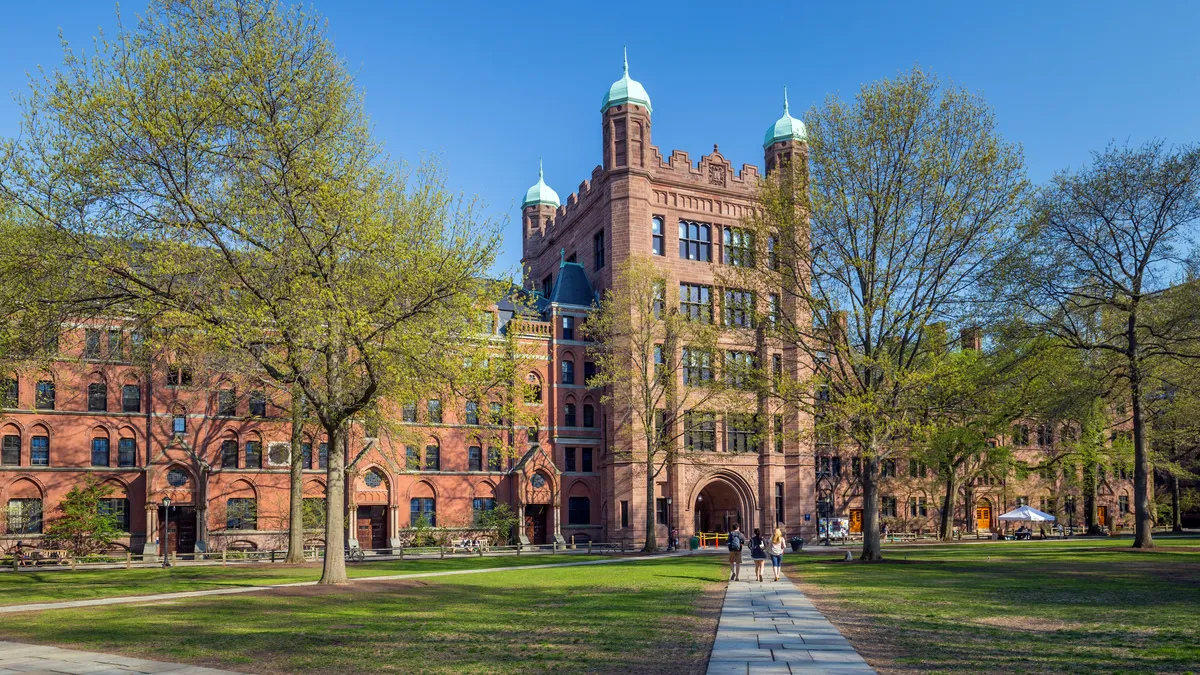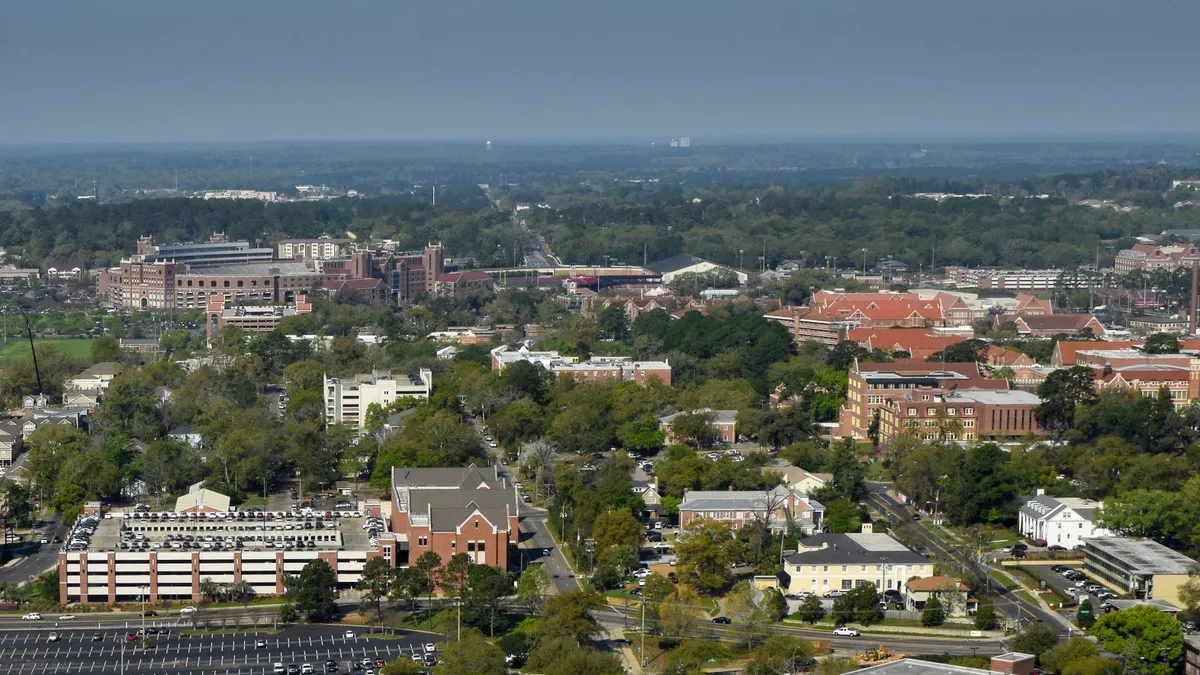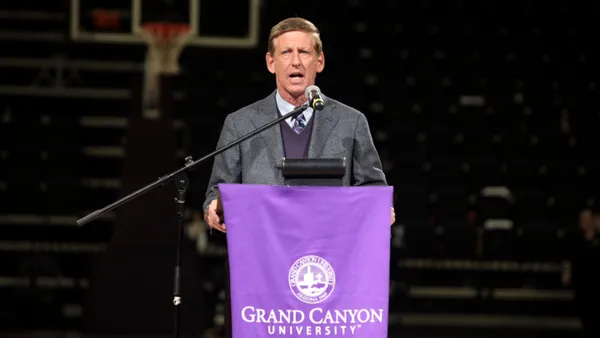Dive Brief:
- More than 1 million students don't get state financial assistance for college, although they are eligible, due to oversubscription. The high demand has caused states to set their own parameters for distributing aid, which often include early deadlines that are difficult for some students to meet.
- In a new report, the Education Commission of the States recommends that to have the biggest impact, state financial aid programs should be designed around actual student needs, containing specific goals with measurable outcomes and be timed with students' financial aid decision-making, which occurs throughout the year.
- Moving the process of determining financial aid eligibility and awards away from its current rigid calendar schedule could help to make state aid a more viable option for nontraditional learners and those participating in emerging postsecondary learning models, the report states.
Dive Insight:
The Education Commission of the States notes that 41 states have set "aggressive" goals around educational attainment, which are slated to sunset in 2025. Many of the students who will help states meet those objectives are enrolled in institutions or would like to be, it adds, making it critical that states address demand for more flexibility in their financial aid processes.
The push to increase national educational attainment levels stems from the confluence of several factors, including concerns about global competitiveness, increasing wage premiums for credentialed workers, and the public discussion of college affordability, according to a report from the Lumina Foundation.
The private foundation, which focuses on raising educational attainment levels, in 2009 launched the Goal 2025 initiative to increase the share of Americans with relevant credentials, such as degrees and certifications, by 60%. States have followed with similar goals.
The financial aid system's complexity is also an issue that keeps many students from applying for support. Microsoft co-founder and education philanthropist Bill Gates recently pointed out what he says are several flaws in the system that discourage students. "Each year, the U.S. government offers more than $120 billion in federal grants, loans, and work-study funds to help students pay for college," he wrote in a blog post. "But the overly complex and confusing financial aid system is failing the students most in need of assistance, preventing them from pursuing their dreams of attending college."
States and colleges are exploring ways to make attendance more affordable, and increasingly popular approaches are free tuition, especially for community colleges, and steep discounting of tuition at four-year institutions.
Rice University was among the latest colleges to announce such an initiative when it said it planned to offer full-tuition scholarships for students with family incomes up to $130,000. According to the National Association of College and University Business Officers, discounts for first-time, full-time freshmen are expected to reach 50% at private colleges this year, higher than record levels reached in 2016-17 of about 48%.
Other colleges are reducing their posted tuition prices, which together with fees rose 63% in the decade ending in 2016, The Hechinger Report explains, citing Bureau of Labor Statistics data.











